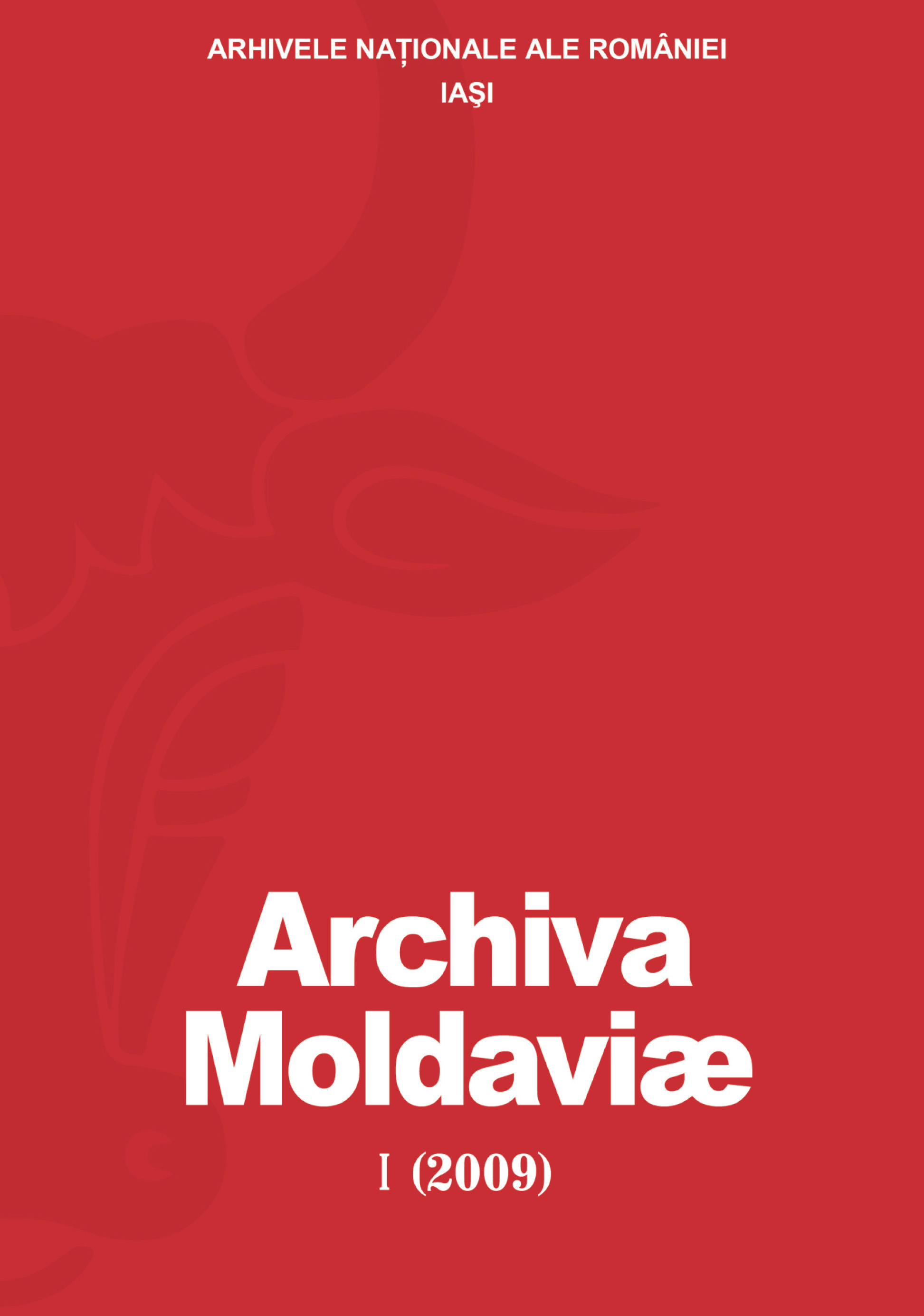Legăturile dintre Moldova, Ţara Românească şi Transilvania la începutul secolului al XVI-lea
The Relations between Moldavia, Wallachia and Transylvania at the Beginning of the 16th Century
Author(s): Constantin A. StoideSubject(s): History, Middle Ages
Published by: Societatea de Studii Istorice din România
Keywords: Bogdan the IIIrd; issue of succession; candidates of the throne; Moldavia; Wallachia; Transylvania; Hungary; Poland; Ottoman Empire; Roman Pribeagul; destruction of Brăila; political and economical in
Summary/Abstract: After the death of Stephen the Great, the neighboring countries interfered in the issue of succession in Moldavia. The Hungarian crown supported a certain „Mulckrouszcki”. At the same time, a nephew of Petru Aron was in Poland; he was the son of that Ilie who was decapitated in 1501. A “son of Alexandru”, the former ruler before Bogdan the IIIrd and Petru Aron was also in Poland. Finally the Turks and the noble group kept aside by Stephen the Great tried to impose in the place of Bogdan the IIIrd a different candidate identified until now as Ştefan Lăcustă. In this study the author shows that the last one was the most active candidate to the throne of Moldavia, considering him an illegitimate son of Stephen the Great. This candidate, anonymous or under the royal name Roman or under the pejorative name of Trifaila, circulated between 1504-1514 among Wallachia, Poland and Transylvania and attacked Moldavia at least two times, in 1506 and 1514. He had the support of King Alexander of Poland due to the conflict over Pocutia and the support of Radu cel Mare and Neagoe Basarab of Wallachia, considering that Maria Voichiţa was supporting the candidate Mihnea, the son of Vlad Ţepeş, and afterwards his sons, Mircea and Milos, for the throne of Wallachia. At the same time, various political and economical interests led to the sheltering of Roman Pribeagul in Transylvania, where Mihnea cel Rău and his sons, candidates to the Wallachia throne, were sheltering themselves as well. Abandoned by Maria Voichiţa, Mircea was defeated, captured and marked at the nosed and then sent to Constantinopole where he was shortly after followed by his brother Milos.The response of Bogdan towards the hostile attitude of Wallachia was the destruction of Brăila in 1512, an attack that is also explainable by the desire of the Moldavian ruler to favor the development of the new economic center at Galaţi by taking over the trade carried out in Brăila. However, the attack of Bogdan from 1512 led not only to the immobilization of the economic life of Wallachia, but also to disastrous results for the economy of Transylvania and Hungary. At the same time, considering that in Brăila was developed the trade of transit towards the Oriental territories of the Ottoman Empire and from here to the Western world, the Ottoman Empire interfered directly in order to stop the causes that disturbed the trade. Consequently, the only solution for the Turks was to transform Brăila in raia. This meant the economic subordination of the Romanian Principalities to the Turks.
Journal: Archiva Moldaviae
- Issue Year: I/2009
- Issue No: 1
- Page Range: 367-399
- Page Count: 33
- Language: Romanian

